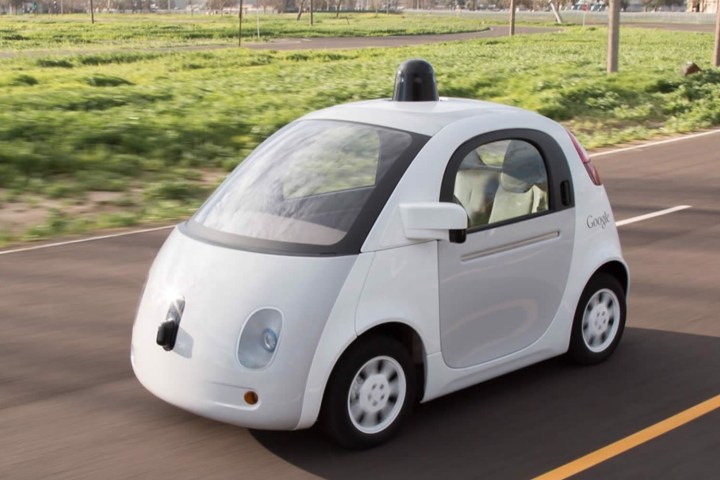
The site, named Solve for X, details the four current public projects, along with updates on ‘graduated projects’ like Google Glass, Project Insight, and Project Tango.
Apart from being a great place to find out information on the current moonshots, Solve for X also has videos from the head of X Labs, Astro Teller, speaking at SXSW and hosting a mini-tour inside the campus. We hope more videos and blog posts are added in the future, to liven the site up and make it more than a landing page for people searching for Google X.
In its current form, the site seems to be a hub for anyone interested in X Labs. It even has a careers page for people who want to get involved in one of the projects.
It is not clear when a project moves away from X Labs, considering it still labels the self-driving car as an active project, even though Alphabet created a single division for the project a few months ago. Project Loon has also become a commercial project, with the governments of Indonesia and Sri Lanka both looking into the Internet balloons as a possible solution to lack of Internet access.
Makani is one of the less known projects that X Labs is actively working on. It involves replacing wind turbines with ‘energy kites’ — essentially a plane propeller with small wind turbines attached flying around in circles like a kite. Google claims that this method is faster, portable, captures more wind speed, and is cheaper to maintain than traditional wind turbines.
The last project in testing is Project Wing, Google’s drone project that delivers goods and services to people in remote areas. Similar to Project Loon and Makani, the project seems focused on how to make a new technology even more efficient, and work for people that might not be able to access conventional solutions.


